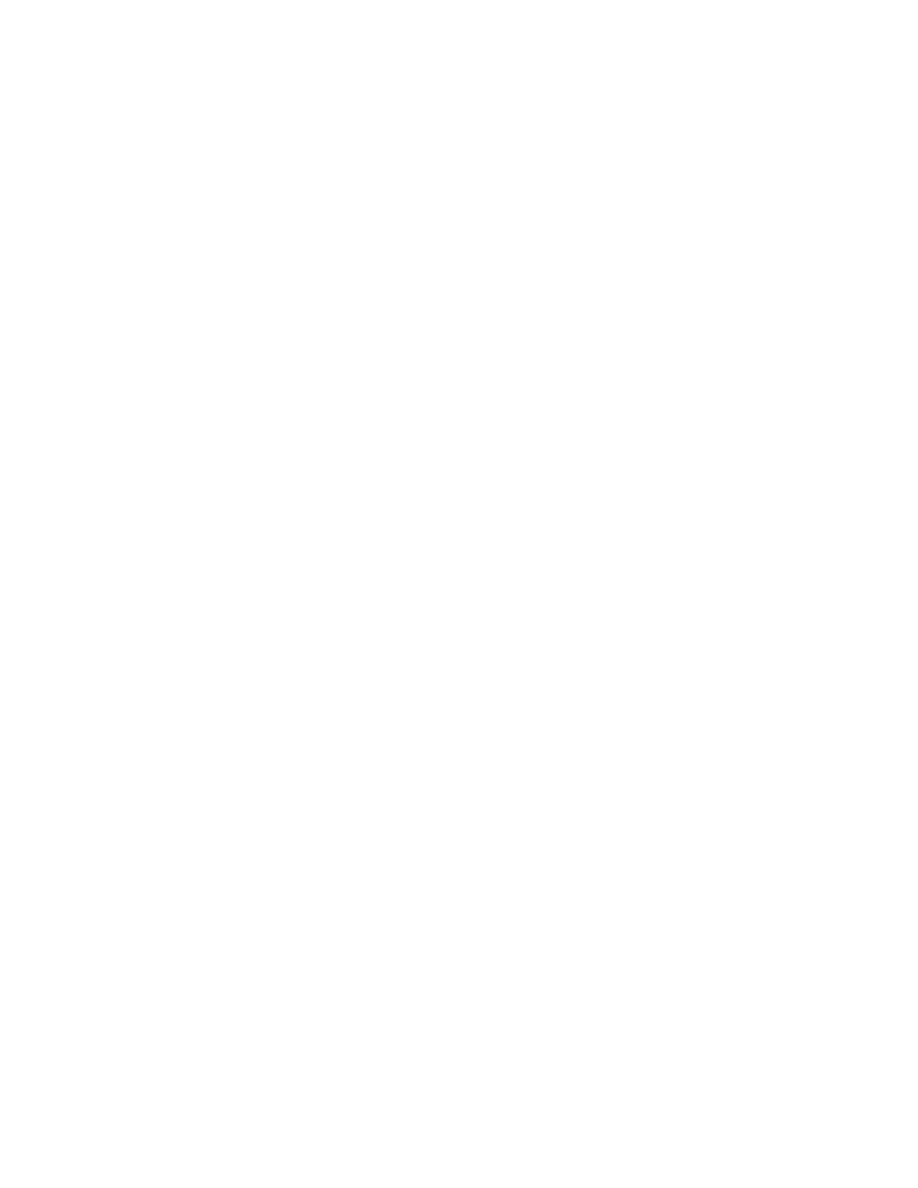
AIM
4/3/14
5−6−3
National Security and Interception Procedures
responsibilities and to comply with ICAO standard
signals relayed from the intercepting aircraft.
Specifically, aviators are expected to contact air
traffic control without delay (if able) on the local
operating frequency or on VHF/UHF guard.
Noncompliance may result in the use of force.
b. Fighter intercept phases (See FIG 5
1. Approach Phase.
As standard procedure, intercepted aircraft are
approached from behind. Typically, interceptor
aircraft will be employed in pairs, however, it is not
uncommon for a single aircraft to perform the
intercept operation. Safe separation between inter-
ceptors and intercepted aircraft is the responsibility of
the intercepting aircraft and will be maintained at all
times.
2. Identification Phase.
Interceptor aircraft will initiate a controlled closure
toward the aircraft of interest, holding at a distance no
closer than deemed necessary to establish positive
identification and to gather the necessary informa-
tion. The interceptor may also fly past the intercepted
aircraft while gathering data at a distance considered
safe based on aircraft performance characteristics.
3. Post Intercept Phase.
An interceptor may attempt to establish communica-
tions via standard ICAO signals. In time-critical
situations where the interceptor is seeking an
immediate response from the intercepted aircraft or if
the intercepted aircraft remains non-compliant to
instruction, the interceptor pilot may initiate a divert
maneuver. In this maneuver, the interceptor flies
across the intercepted aircraft’s flight path (minimum
500 feet separation and commencing from slightly
below the intercepted aircraft altitude) in the general
direction the intercepted aircraft is expected to turn.
The interceptor will rock its wings (daytime) or flash
external lights/select afterburners (night) while
crossing the intercepted aircraft’s flight path. The
interceptor will roll out in the direction the
intercepted aircraft is expected to turn before
returning to verify the aircraft of interest is
complying. The intercepted aircraft is expected to
execute an immediate turn to the direction of the
intercepting aircraft. If the aircraft of interest does not
comply, the interceptor may conduct a second
climbing turn across the intercepted aircraft’s flight
path (minimum 500 feet separation and commencing
from slightly below the intercepted aircraft altitude)
while expending flares as a warning signal to the
intercepted aircraft to comply immediately and to
turn in the direction indicated and to leave the area.
The interceptor is responsible to maintain safe
separation during these and all intercept maneuvers.
Flight safety is paramount.
NOTE
−
1. NORAD interceptors will take every precaution to
preclude the possibility of the intercepted aircraft
experiencing jet wash/wake turbulence; however, there is
a potential that this condition could be encountered.
2. During Night/IMC, the intercept will be from below
flight path.